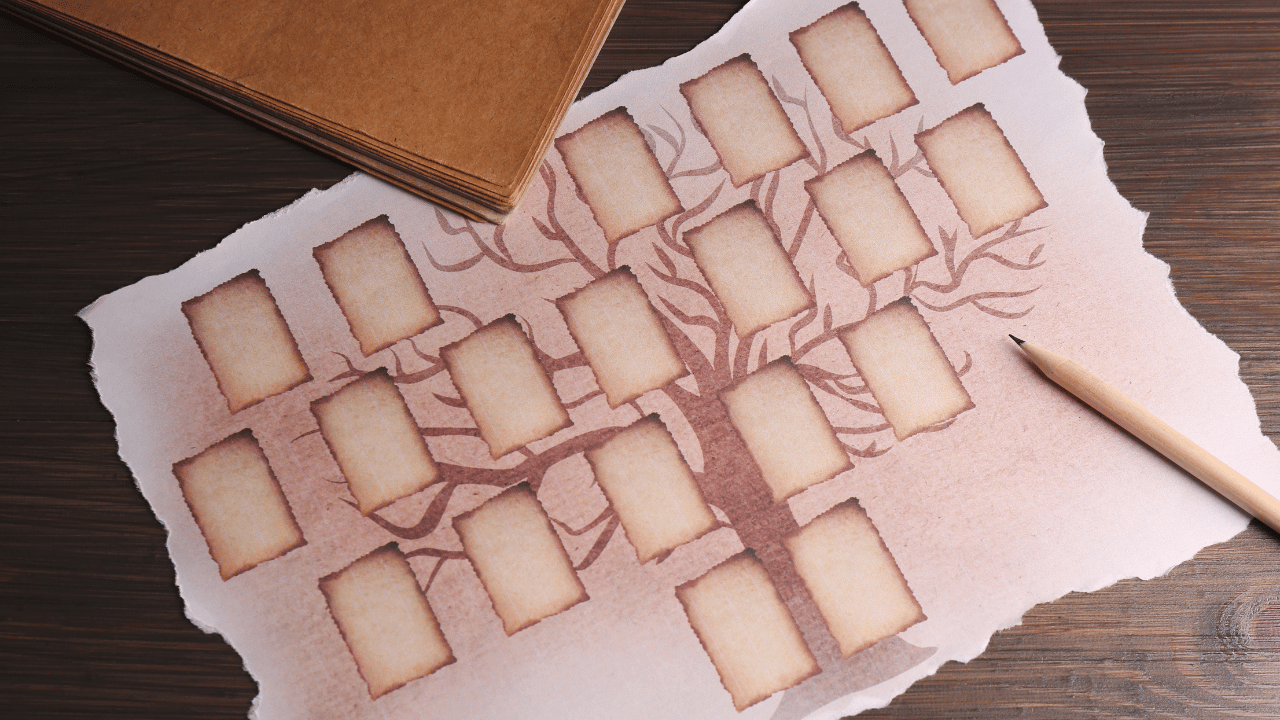Discovering your family’s history can be a fascinating and rewarding journey. A genealogy project allows you to uncover your roots, connect with your heritage, and share your story with future generations. Whether you’re exploring old photographs, listening to family tales, or diving into online archives, tracing your family’s history is a meaningful way to celebrate your legacy.
Good health supports every part of your journey. Visit SeniorHMOplans.com to explore health plans designed for your vibrant lifestyle.
Step-by-Step Guide to Starting Your Genealogy Project
- Gather What You Already Have:
- Start by collecting family documents, such as birth certificates, marriage records, and old photographs.
- Talk to relatives and record their stories and memories. Even small details can provide valuable clues.
- Create a Family Tree:
-
- Use a notebook or genealogy software to begin documenting names, dates, and relationships.
- Start with yourself and work backward, adding parents, grandparents, and beyond.
- Use Online Resources:
-
- Explore genealogy websites like Ancestry.com or FamilySearch.org to access public records and build your tree.
- Search census data, immigration records, and military archives for additional information.
- Visit Local Archives and Libraries:
-
- Check historical societies, libraries, and courthouse archives for records that might not be available online.
- Look for obituaries, land deeds, and church records that can provide deeper insights.
- Connect with Distant Relatives:
-
- Reach out to extended family members who may have knowledge or documents to share.
- Consider using social media or genealogy forums to connect with others researching the same lineage.
- Preserve Your Findings:
-
- Organize your discoveries in a scrapbook, digital file, or printed family history book.
- Label photos and documents with names and dates to ensure future generations can easily understand them.
Practical Tips for Success
- Start Small: Focus on one branch of your family tree to avoid feeling overwhelmed.
- Document Sources: Keep track of where each piece of information comes from to verify its accuracy.
- Ask Questions: Don’t be afraid to ask relatives about their memories, even if they seem unrelated—they might reveal unexpected connections.
- Be Patient: Genealogy is a process that takes time and persistence, but each discovery is worth the effort.
Common Questions Answered
- What’s the best way to start a genealogy project?
- Begin with what you know and gather information from family members and documents. Use online tools and libraries to expand your research.
- How can I involve family members in the process?
-
- Share your progress with relatives and invite them to contribute stories, photos, and records. Collaborative efforts often uncover hidden gems.
- Do I need to be tech-savvy to trace my family roots?
-
- Not at all! While technology can enhance your search, traditional methods like visiting libraries and talking to family members are equally effective.
Why Genealogy Is Perfect for Seniors
A genealogy project is more than a hobby—it’s a journey of discovery and connection. For seniors, it’s an opportunity to reflect on your heritage, strengthen family bonds, and leave a legacy for future generations. By tracing your family roots, you’re preserving stories that might otherwise be forgotten.
Imagine the joy of uncovering a long-lost photograph of your ancestors or finding out you’re related to someone famous. Picture your grandchildren learning about their heritage through the family tree you’ve built. Genealogy isn’t just about the past—it’s about bringing families together and celebrating the richness of your history.
Start your genealogy project today and uncover the story of your family! For more inspiration, visit SeniorSearching.com.


